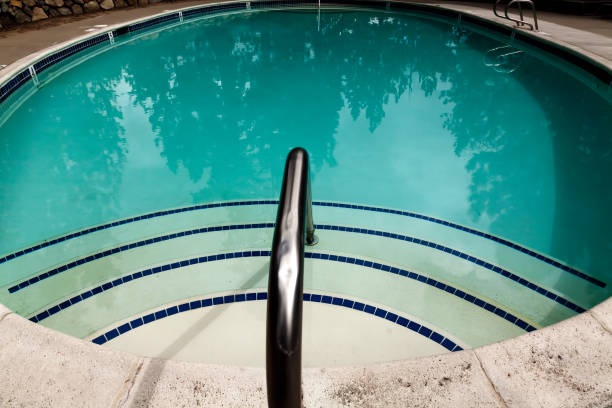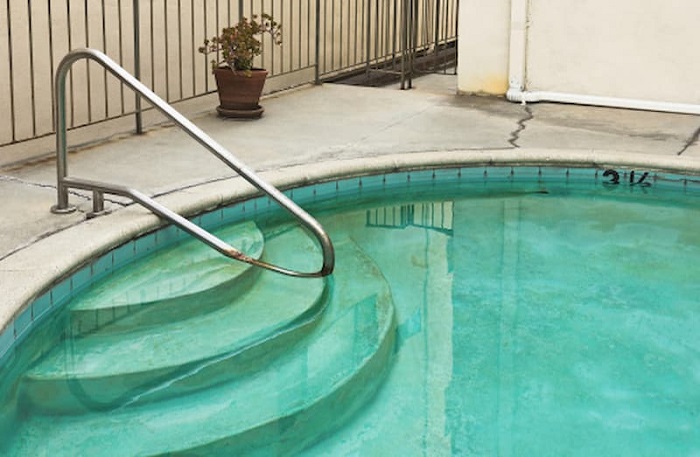Mustard algae is one of several different varieties that pool and hot tub owners can encounter. What does mustard algae look like? Well you guessed, it’s yellow for one thing but it is also grainy like sand and is often mistaken for sand or even stains.
Let’s look at how to get rid of mustard algae and keep it from coming back again.
What is mustard algae?
Mustar algae is a relative of green algae and is unfortunately more difficult to get rid of than green algae as it’s chlorine resistant and can live outside of your water too. OK, notice I said resistant and not immune which means it can be defeated with some hard work and diligence.
Spoiler alert, Sutro pool monitoring system can help keep you from getting mustard algae in the first place, but let’s look at how to get rid of it now that you have it!
Mustard algae treatment
It’s GO time, hold the mustard and add extra chlorine! In order to treat chlorine resistant mustard algae you have to get it ready. This includes brushing, vacuuming, and triple shocking in order to overpower it.
And not only do you have to perform the triple whammy, you have to clean everything that has come into contact with the water too. This includes your swimsuits and any toys or equipment.
For clothing use an antimicrobial detergent and for toys and equipment you can use a solution of 1 part bleach to 10 parts water and scrub them to clean. If they are too bulky or odd shaped then you can put them in the pool while you shock as well, although it’s preferred not to expose plastics to such a high concentration of chlorine often as it can make them brittle or discolored.


So before we shock, the first thing to do is to brush really well with an algae brush so you can free it up to be vacuumed to waste in order to reduce the enemy your chlorine is about to engage. After vacuuming, brush again to break up the remaining algae and get it ready for it’s chlorine bath.
Shock the monkey! Triple the dose of shock per the instructions and it’s best to do that at night where it can be most effective. Now for the next few days brush, brush, brush to help the chlorine win. And help your chlorine by reinforcing it with new chlorine so that you keep the shock level high until the water is clear.
*Pro Tip – make sure your water is balanced before shocking so that you have optimal performance from your chlorine. And leave your pump running until all of the algae is gone.
HOLD the mustard next time!
OK, that was way too much work and it was totally avoidable. The reason that you had unwelcome gritty visitors in the first place was because your water wasn’t balanced and/or you had some other issues like circulation that prevented the chlorine from reaching all parts of the pool or hot tub.
It can be confusing to understand why you are seeing algae, but we examined some of the most frequently encountered scenarios that new owners face in our blog about water quality.
Definitely take the time to read that as it will save you a lot of time, headaches, and money. Speaking of that, once your water is balanced (and that’s a key with CYA levels) the most frequent cause of algae is allowing the chlorine to fall below the minimum recommended levels.
This is where Sutro pool ph monitor can help you by checking your pH and free chlorine levels 3 times per day and then recommending adjustments when needed so you can stay ahead of the game.

